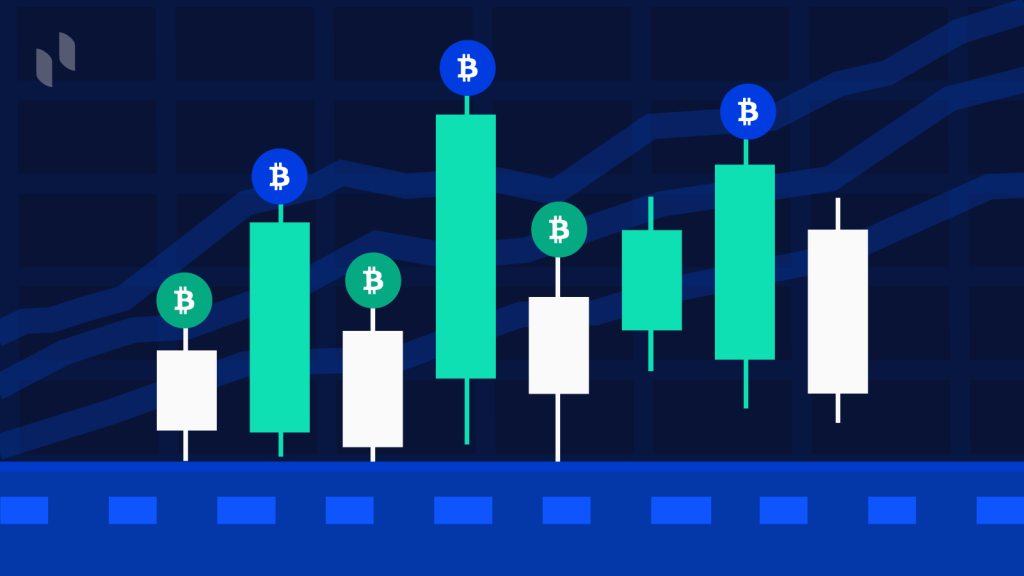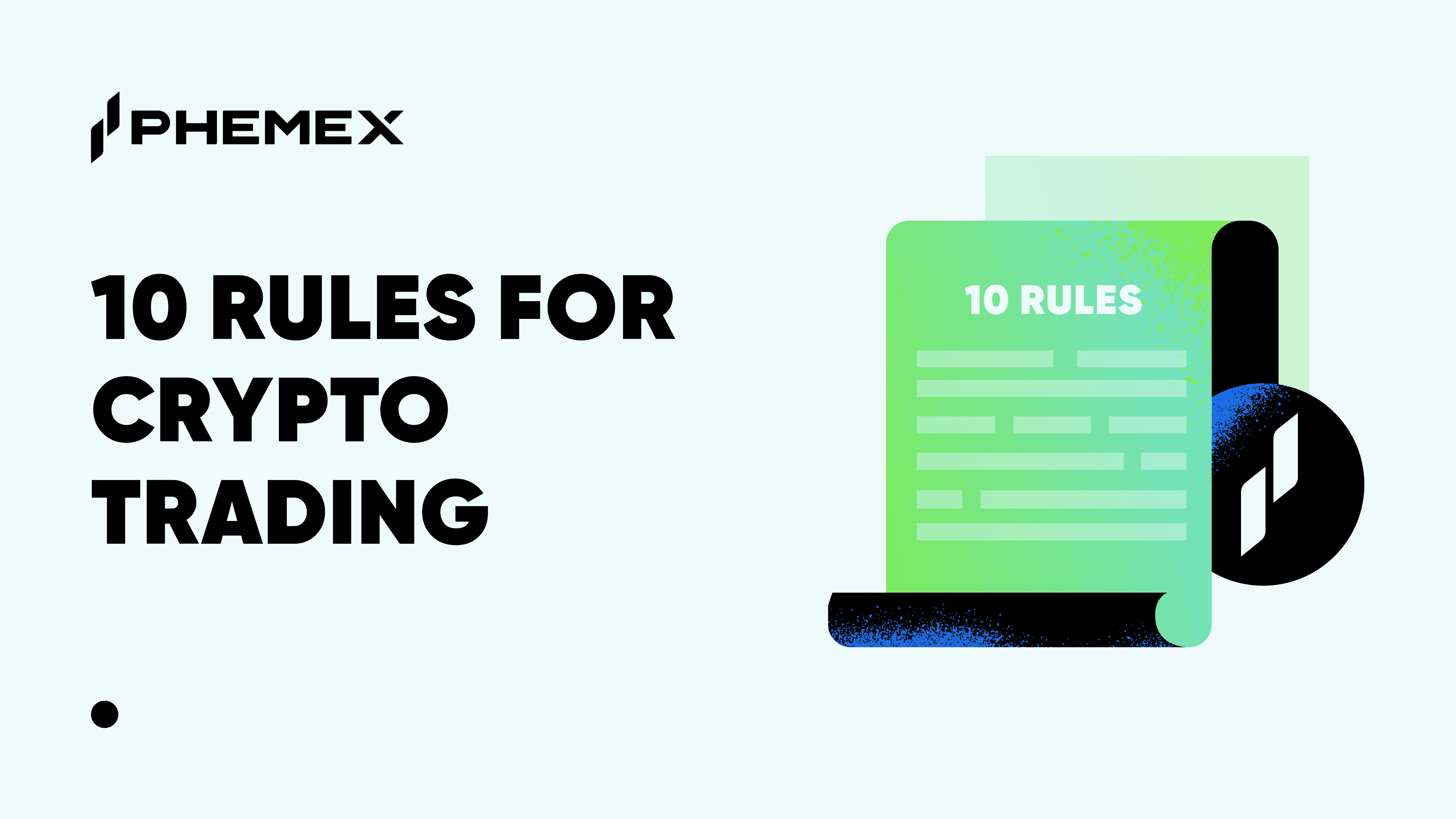Summary
- What is Scalp trading: Scalp trading involves entering and exiting trades in a matter of minutes.
- Crypto scalpers aim to make quick profits over small price changes.
- Technical analysis holds a lot more value for Scalp Traders. It tends to be much more precise and relevant.
- Best scalping indicators are Trading volume, Candlestick chart patterns, Support and Resistance levels, MACD Indicator, Relative Strength Index (RSI), VWAP, Fibonacci retracements, Bollinger Bands, Real-time order book analysis, Open interest, Volume profile
Whether you trade stocks, forex, or digital currencies, you must always have a plan. Traders cannot proceed blindly without a strategy. Doing so is a sure way of losing your funds and either walking away disappointed or having to put even more money on the line.
Over the years, crypto traders and analysts have come up with many different strategies. Depending on whether you wish to engage in long-term or short-term trading, there are a number of different approaches that you can employ. Scalp trading (or scalping) is one such strategy. Today, we will primarily cover Bitcoin (BTC) scalping, especially given the coin’s recent rapid price changes. Such volatility provides excellent opportunities for those who engage in this kind of trading.
What is Scalping?
Scalping, or scalp trading, is one of the most common trading strategies among day-traders. It involves entering and exiting trades in a matter of minutes.
Scalping is a lot more similar to forex trading than investing in stocks. Forex traders enter and exit trades rather quickly. Similarly, scalpers aim to make quick profits over small price changes.
Conversely, if you choose to HODL Bitcoin, you are locking up your coins inside a wallet for years in the hopes of long-term gains. When you engage in scalping BTC, you will likely trade dozens of times per day and earn thousands of dollars through small amounts over time.
What Are The Best Trading Indicators for Scalping?
Considering how quickly scalpers tend to operate, they usually do not have much use for fundamental analysis. Instead, technical analysis holds a lot more value for them. It tends to be much more precise and relevant.
With technical analysis — meaning the study of charts, patterns, and predictions based on price behavior — you can develop a decent idea of whether the price will move up or down in the short term.
With this type of trading, it’s useful to leverage as many indicators as possible to determine where the price will go next. Some of the best indicators for scalping include:
- Trading volume
- Candlestick chart patterns
- Support and Resistance levels
- MACD Indicator
- Relative Strength Index (RSI)
- VWAP
- Fibonacci retracements
- Bollinger Bands
- Real-time order book analysis
- Open interest
- Volume profile
With enough experience and knowledge, you can create custom scalping indicators to gain a significant advantage over the market. However, this is something that will likely take years and is not suitable for beginners.

Of course, it’s not necessary to rely on every single indicator listed above. Developing the right strategies simply involves some research and a lot of trial and error.
Nevertheless, learning to read basic charts is a must-have skill. It will allow you to keep track of price movements in real-time while discovering noticeable patterns. Most scalpers focus on 1-hour to 1-minute charts.
However, higher timeframe signals give you a more general feel of the market and help you determine whether it’s bullish or bearish overall. Considering that BTC is highly volatile, with its price moving up and down constantly, lower timeframe signals can be less reliable. Scalpers will generally use particular combinations of the indicators mentioned above to find multiple sources of confirmations for their price predictions. Once again, with enough experience and the right strategy, all scalpers can extract actionable signals from any time frame.

What are the Different Types of Scalpers?
While Bitcoin scalping is already a trading strategy on its own, there are also multiple ways of approaching it. Basically, scalping has its own set of sub-strategies as well.
Let’s start by first discussing two types of scalpers. There are discretionary scalpers and systematic scalpers.
Systematic Scalpers
As the name suggests, systematic scalpers tend to follow a meticulously defined trading system. They usually conduct thorough research and set up triggers for when to enter or exit trades. With tight conditions in place, these scalpers rely heavily on the full potential of the tools at their disposal. Their system’s profitability is based on how well they can follow their own rules without letting emotions take over. Ultimately, to them, the numbers are the only things that matter.
Discretionary Scalpers
Discretionary scalpers, on the other hand, tend to make decisions on the spot. They improvise and adapt based on market behavior. Some of them may still have specific requirements regarding when to enter or exit the market, but more often than not, they simply react to the changes they witness live without following many strict rules.
Now that you are aware of the two main types of scalpers let’s look into some more in-depth strategies
What Are the Best Crypto Scalping Trading Strategies?
Pure Trend Scalping
This strategy involves relying on trends and trend-following indicators that apply to multiple timeframes. Most scalpers tend to start with a trend-following indicator called the MESA Adaptive Moving Average. It allows them to track trends on higher timeframes, such as 1h, 4h, or sometimes even 1-day. It does so by monitoring and displaying the rate change of phase measured by what’s called the Hilbert Transform Discriminator. Essentially, it shows a composite trend line based on a fast and a slow moving average, making it a much more responsive representation of changes.
A common Pure Trend Scalping strategy approach involves inspecting the MESA indicator on daily and 4-hour charts to determine whether the overall trend is favorable. A trader then switches to a 5-minute timeframe to seek out crossovers of the 5 EMA (Exponential Moving Average) and the 25 EMA.
Range Trading
Another common scalping strategy is range trading. This strategy requires you to wait for a specific price range (the pattern-like bouncing of price between parallel support and resistance lines) to appear. A trader can operate within that range for as long as it is not broken.
Whatever you identify as the bottom of the range will act as an improvised support level, while its top acts as a resistance.
This is often very lucrative for experienced scalpers. However, there is no guarantee that it will work for everyone. This strategy requires someone that knows the market well and can quickly recognize short-term patterns.
A Few Scalping Tips
Lastly, we leave you with a few tips and things to keep in mind. Perhaps the most crucial concept is that patience is essential. Scalping can be quite intense, especially if you wish to be a discretionary scalper. You need patience and focus, and above all else — you should never allow yourself to trade emotionally.

Apart from this, keep the following few pieces of advice in mind:
- Scalp trading is not for everyone — there is nothing wrong with investing long-term if you find day-trading to be too overwhelming.
- Consider avoiding low-volume altcoins as you might not be able to trade enough of them to earn a decent profit.
- Always have a good exit strategy ready.
- Always trade with a plan, and stick to it no matter what happens. However, also keep some room and flexibility to adapt to any scenario.
- Do not risk all of your assets in a single trade, no matter how confident you are about price direction.
- Do not ignore technical indicators, but find a combination that works for you.
- Remember to account for all trading and transaction fees.
Conclusion
Scalping bitcoin can be a great way to earn profit from all the small changes in this asset’s price. However, this trading method comes with its own set of rules that must be diligently learned and followed. You must select or develop the best scalping strategy and stick to it. Part of this involves finding the best indicators that suit your scalping style.
Finally, be mindful of all the risks and pitfalls along the way. With a bit of practice, you can quickly get the hang of it and start generating profits.
Read More
- Swing Trading Crypto: What are the Best Indicators for Swing Trading?
- Day Trading Crypto for Beginners: Get started with Day Trading
- How to Implement Swing Trading Strategies
- Crypto Trading vs. Investing: Key Differences Explained
- How to Short Bitcoin (BTC)? Steps, Benefits & Risks Explained
- How To Trade Crypto: The Ultimate Investing Guide
- Buy Low, Sell High Crypto: 4 Things To Do (3 To Avoid)
- Crypto Price Action Trading Strategy









